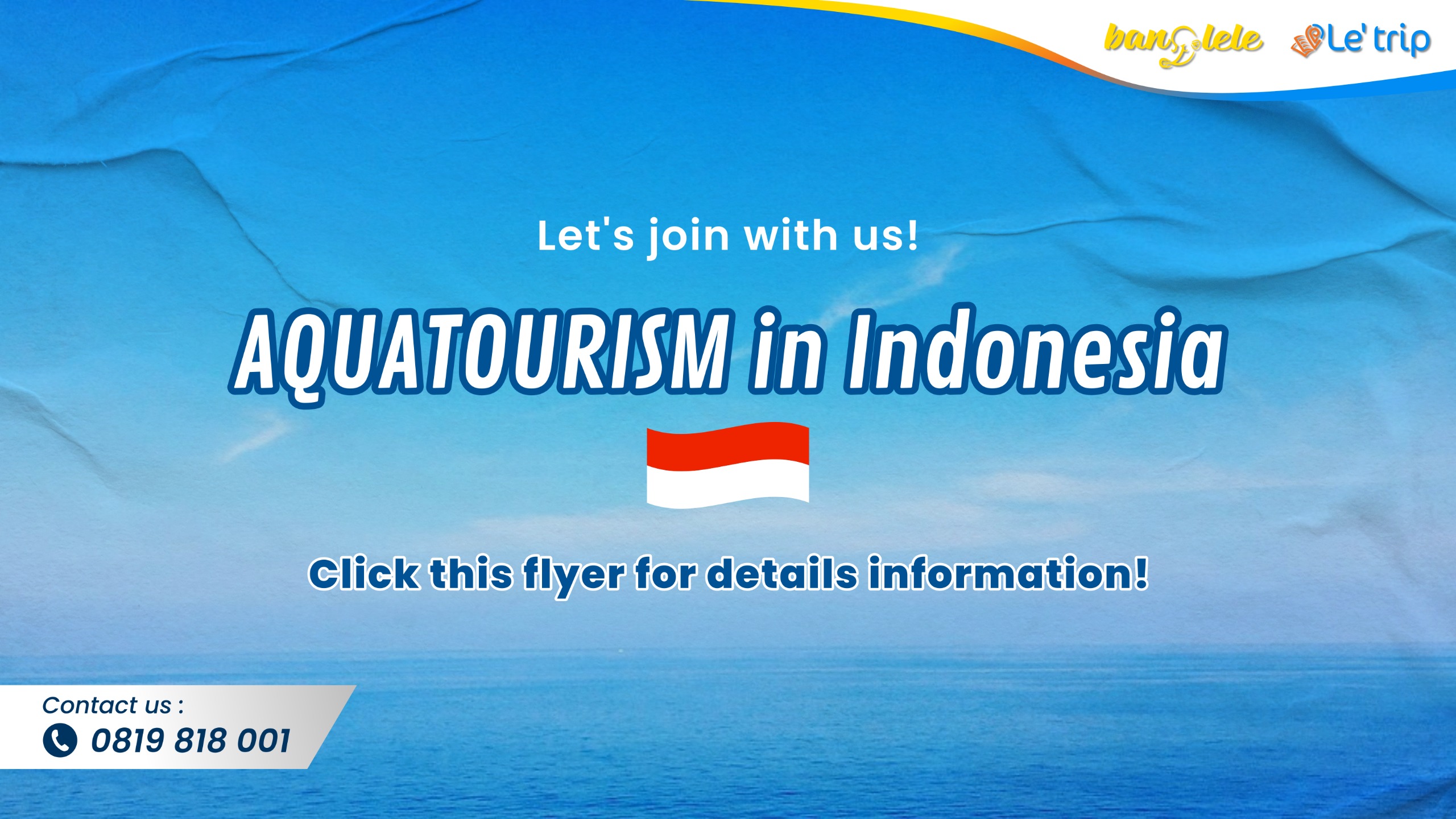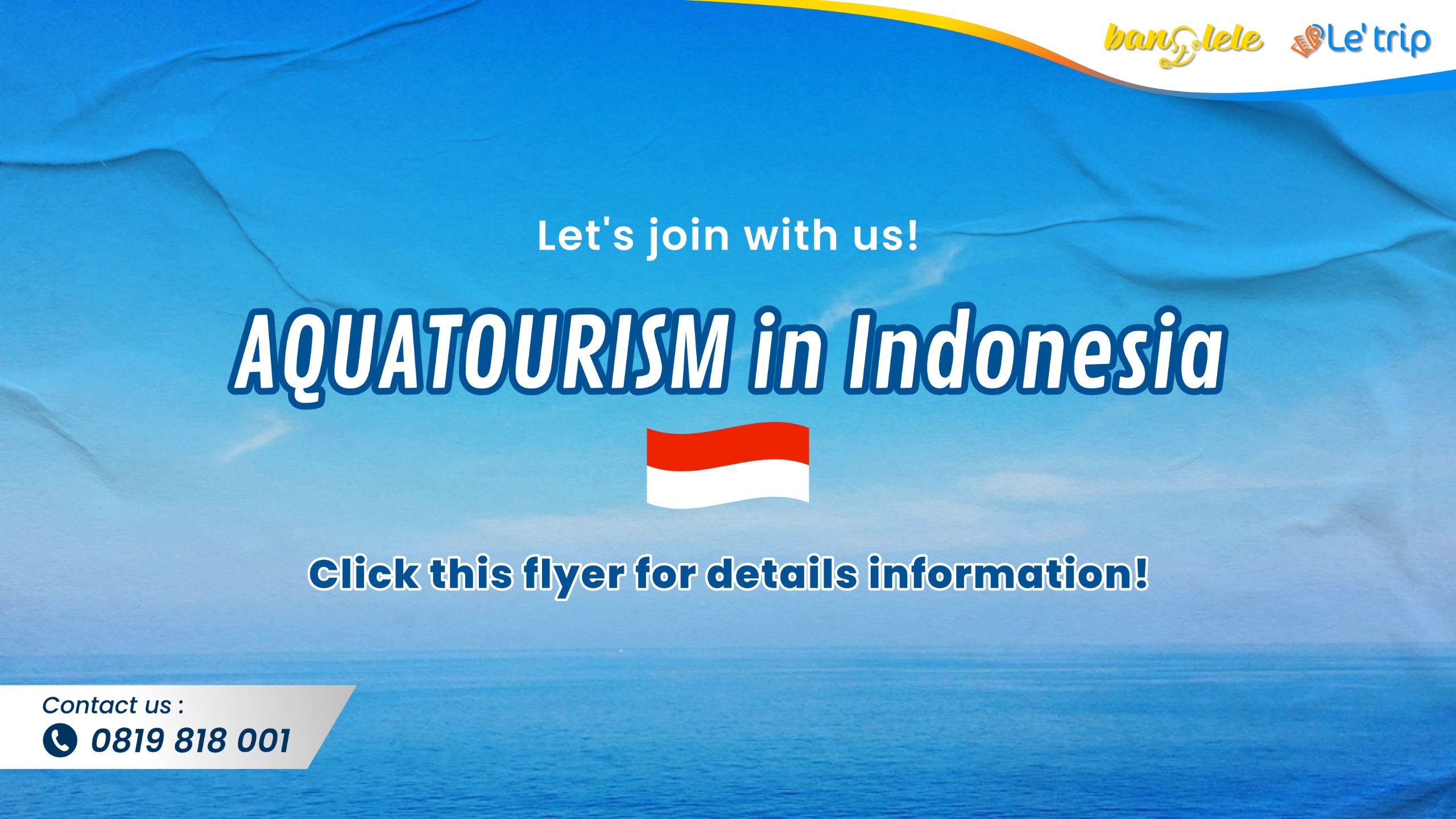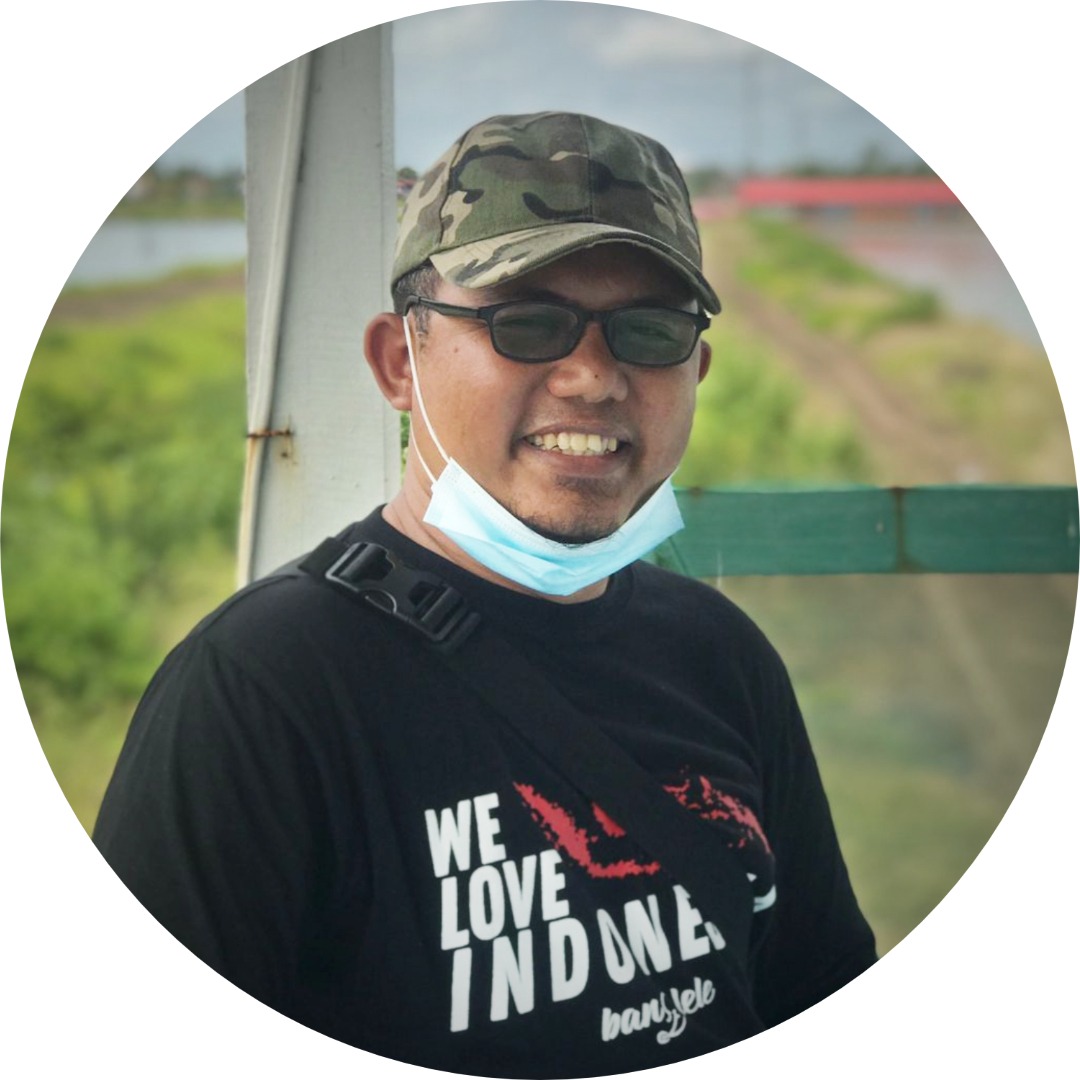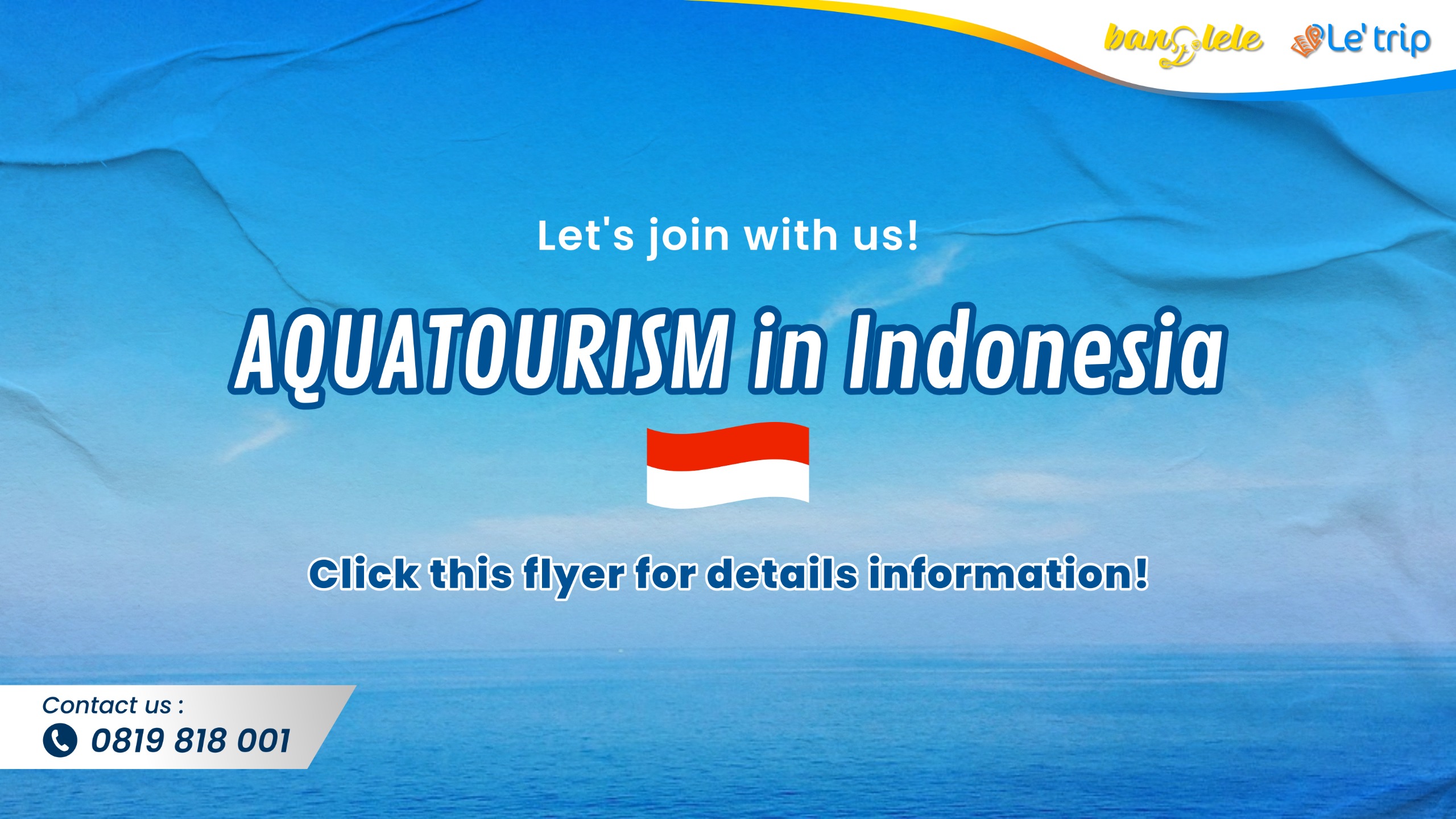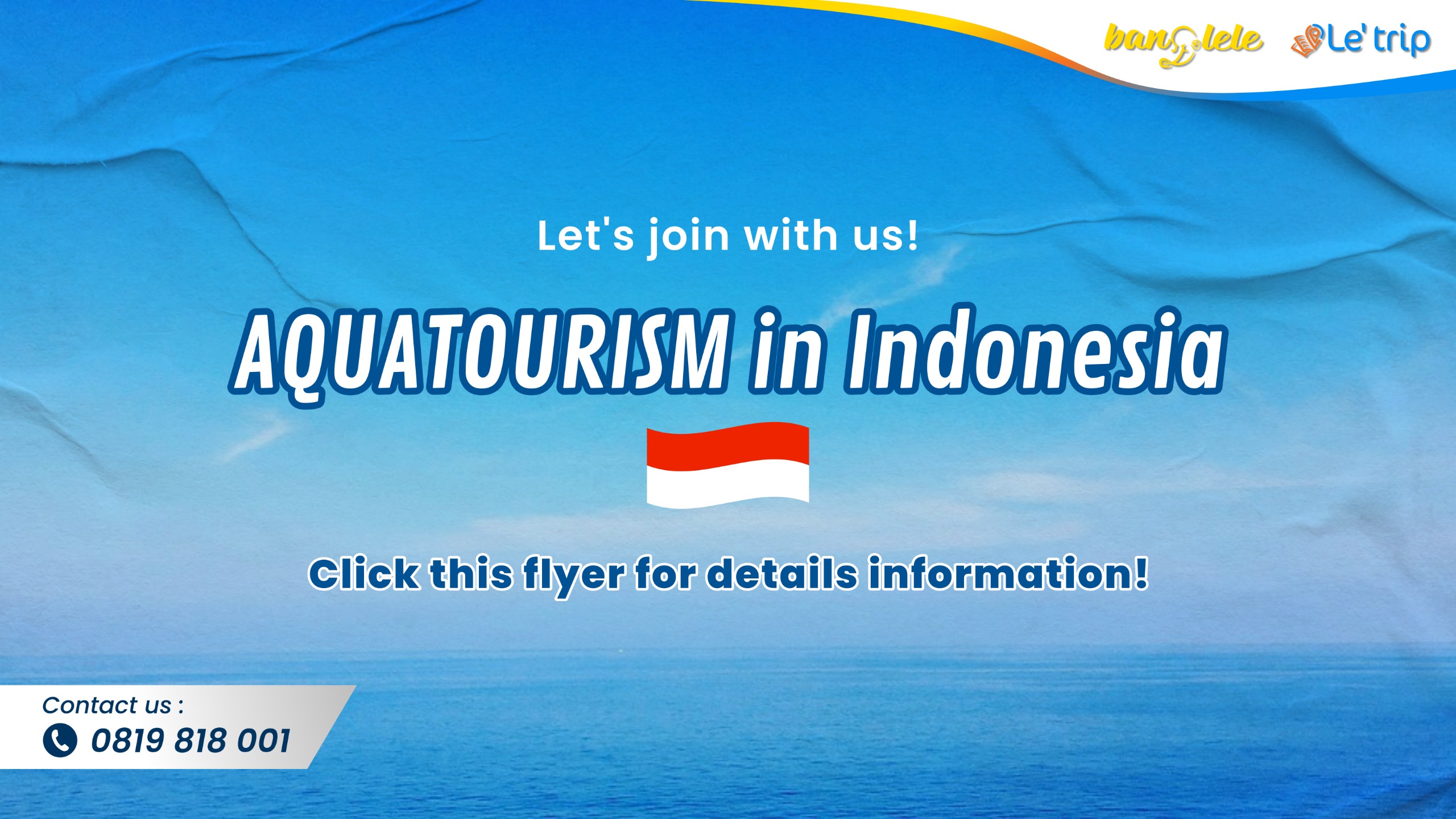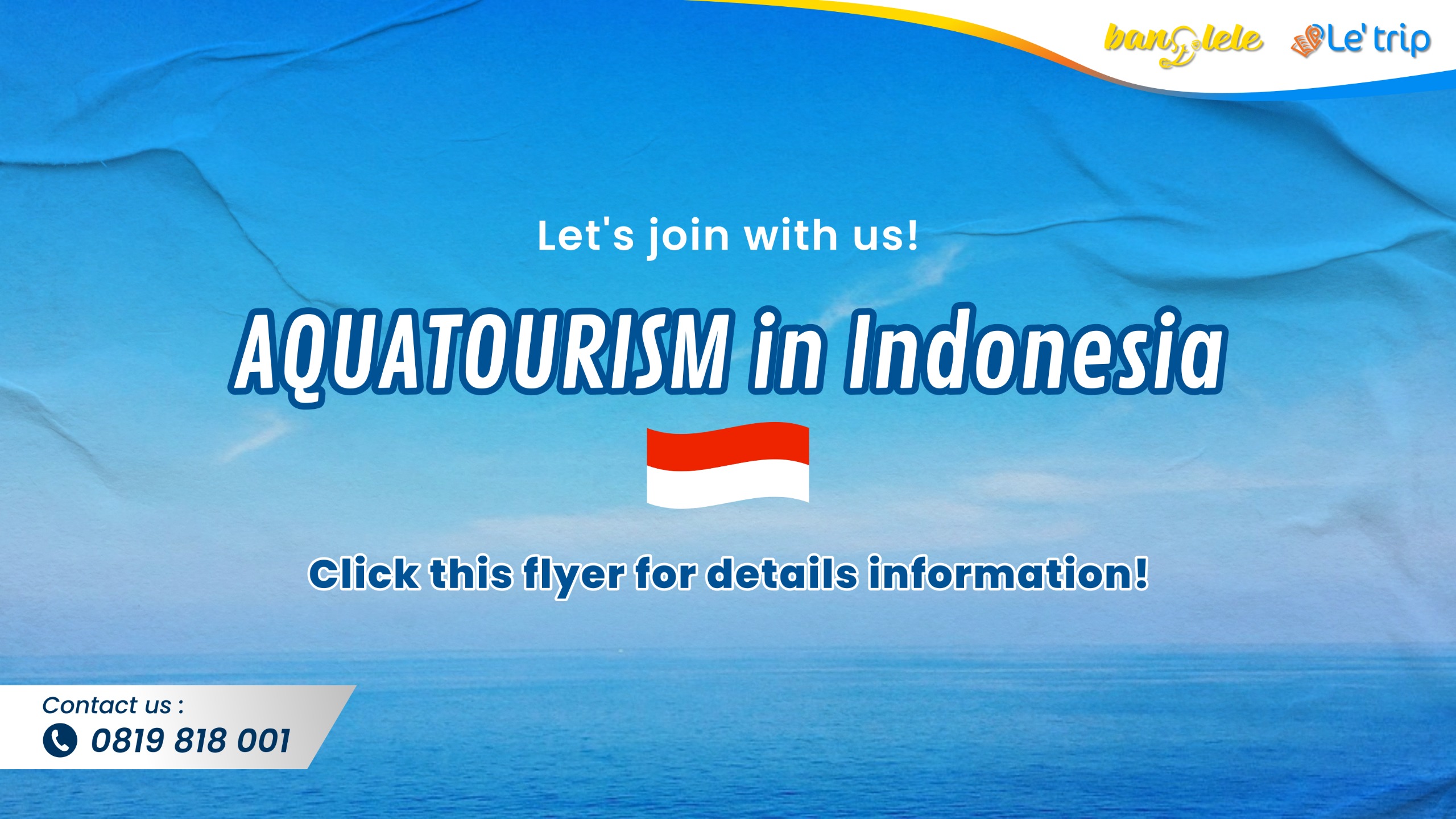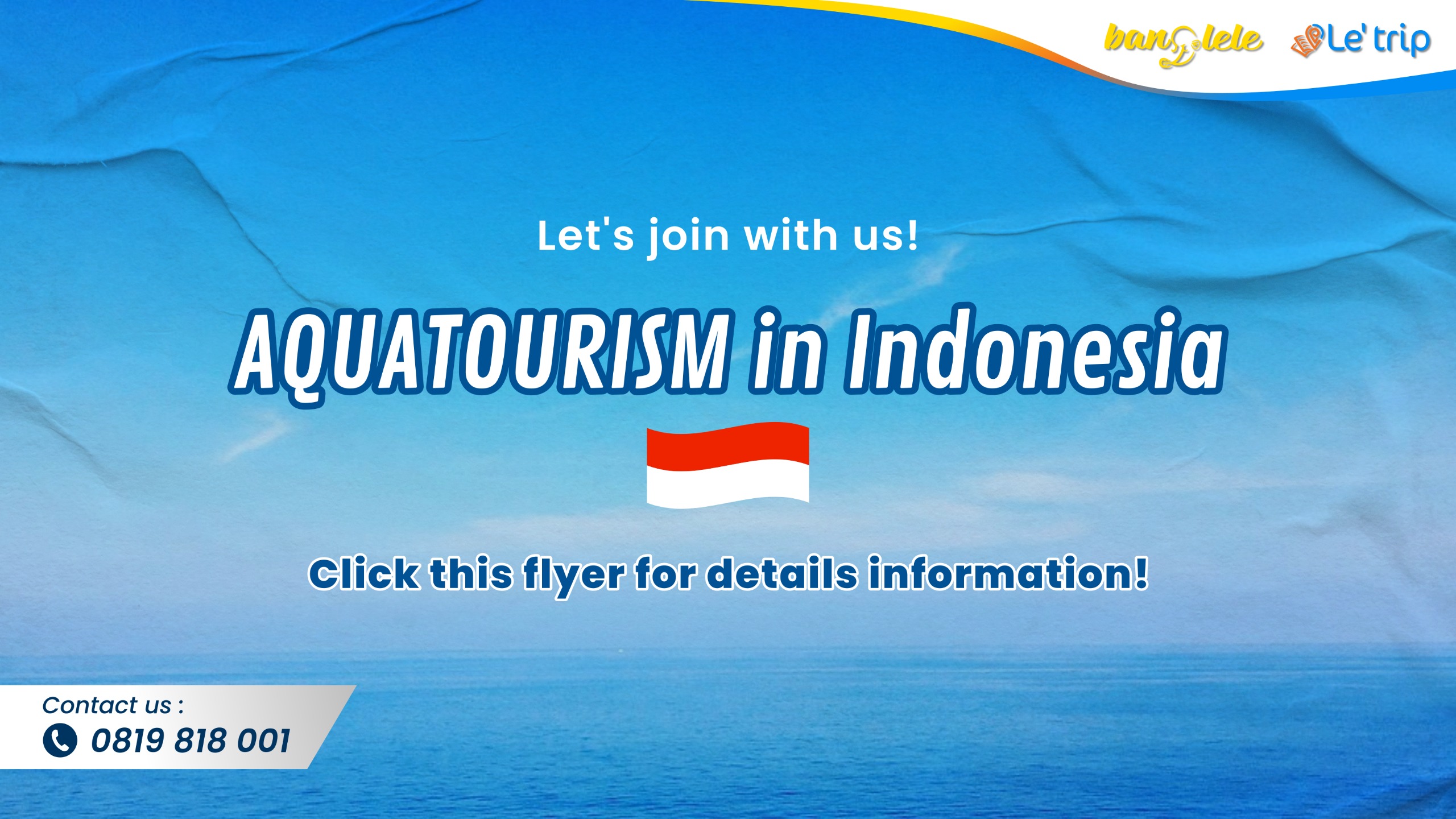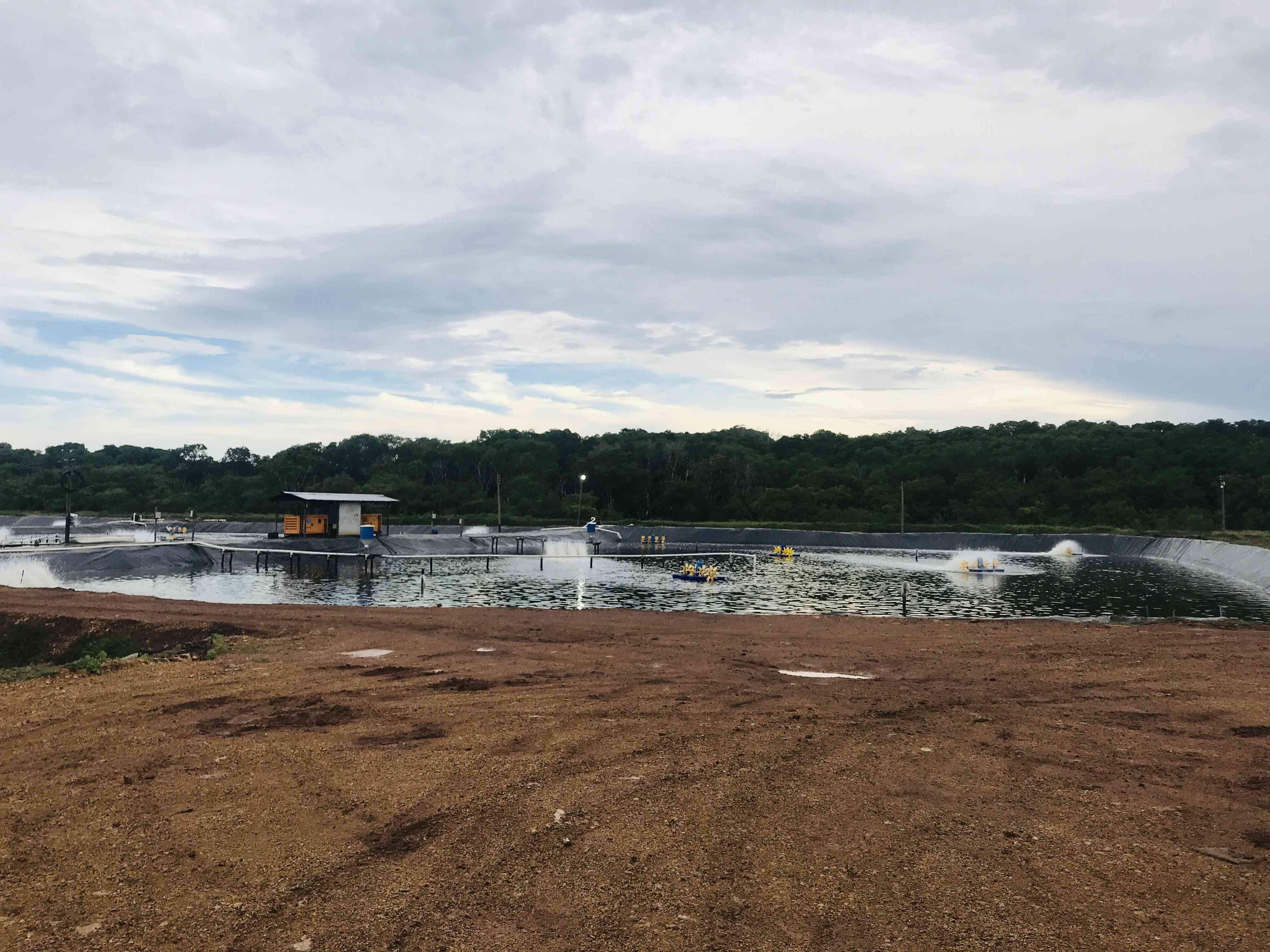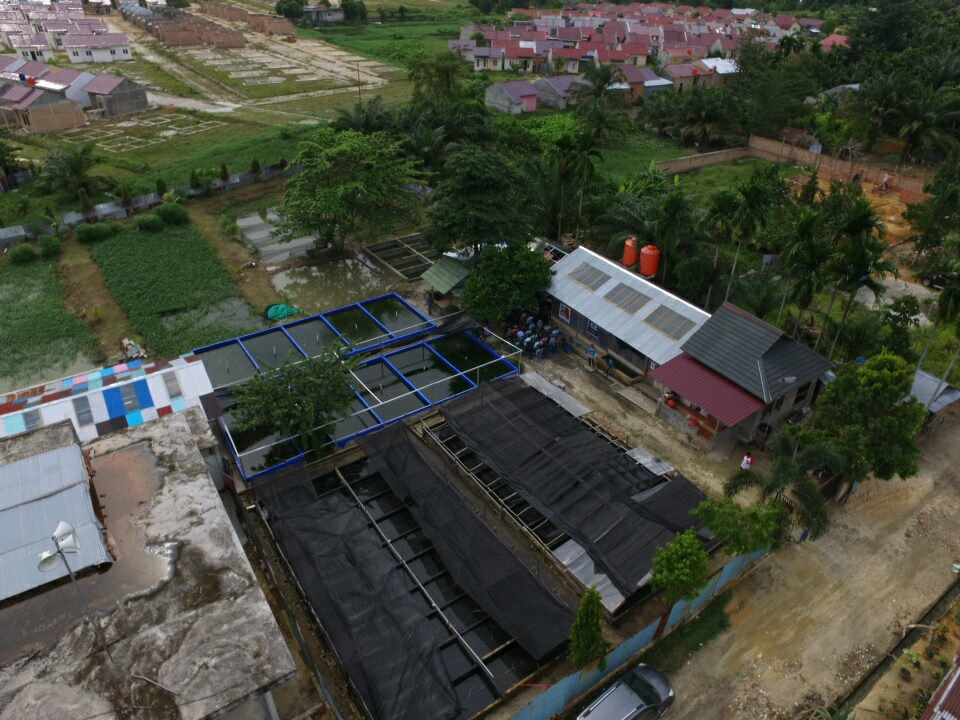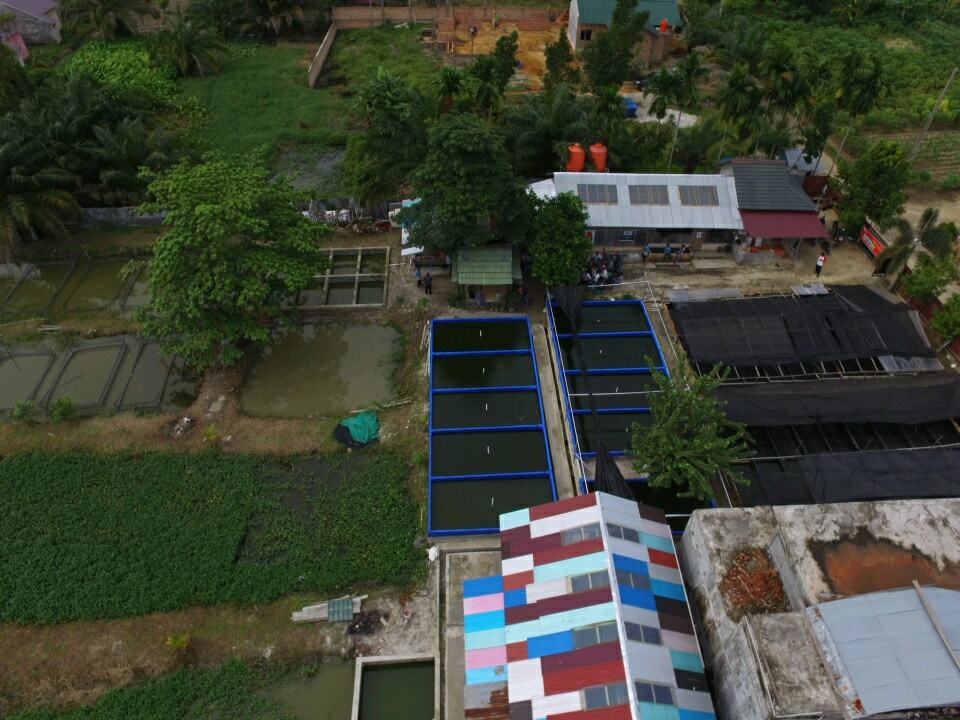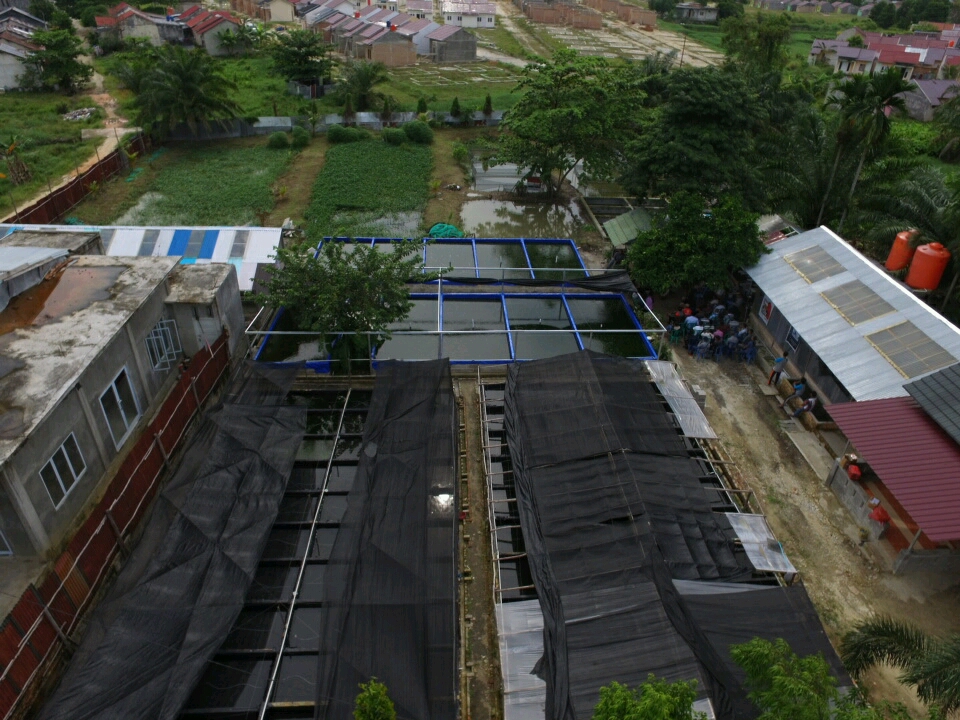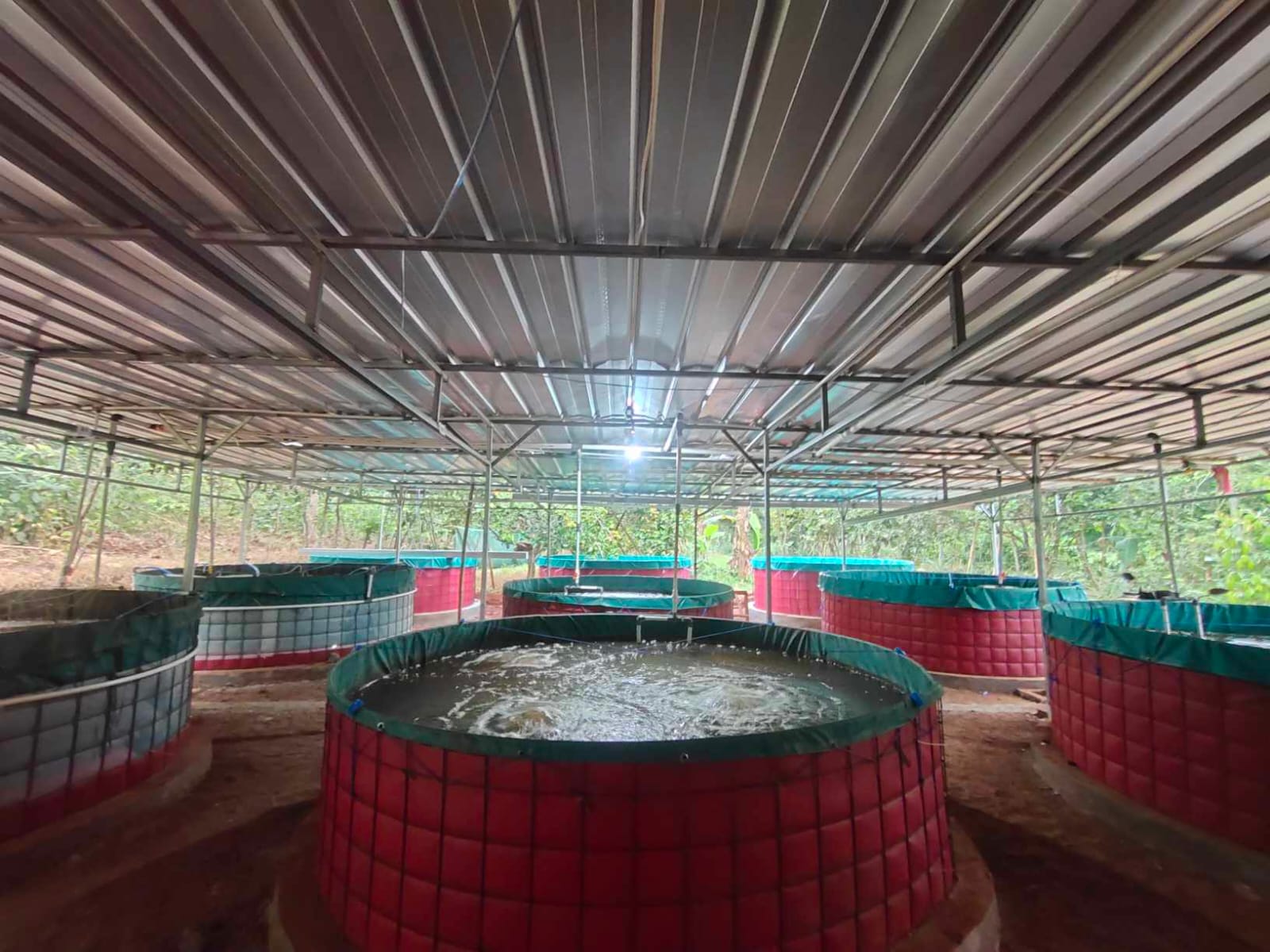Potential and challenges of developing the shrimp industry in Panama; visit of the Indonesian Banglele Team
In September 2021, the Banglele Indonesia team made a business visit to Panama which was initiated by Banglele Indonesia's partner, Hubu Aquafarm, Guyana. One of the main agendas was to visit a fairly large shrimp and fish feed company in Panama, namely Grupo Calesa. The team was welcomed by the board of directors of the feed company and discussed possible collaborations to supply shrimp and fish feed to Guyana through Hubu Aqua Farm.
Apart from visiting feed companies, the team also explored vannamei shrimp hatcheries and vannamei shrimp cultivation sites recommended by Grupo Calesa. They conducted comparative studies and shared information about vannamei shrimp hatcheries. One important point to remember is the delay in the average shrimp harvest per cycle in Panama compared to Indonesia, namely because some farmers in Panama on average still use vannamei shrimp parents which grow slowly, but are resistant to disease.
Information about the types of parent shrimp is continued with information on the location of vannamei shrimp ponds not far from Chitre City. The team was surprised when they received information that harvesting vannamei shrimp takes about six months on average. With a fairly high feed conversion (FCR 1.75-2.0), and an average harvest size of around 20-30 grams, the conclusions are still focused on seed factors and feed factors. When looking at the vannamei shrimp pond environment, the water quality is still quite good, and the human resources are also experienced. However, this is still a study to find out more about the factors that influence the slow harvest of vannamei shrimp in the locations we have visited.
Panama is highly respected because it is geographically and geopolitically very strategic. Panama has access to the world famous Panama Canal and also plays an important role in international trade traffic. About two-thirds of goods and services traffic passes through the Panama Canal. The Panama Canal is a channel that connects the Pacific Ocean with the Atlantic Ocean. The Panama Canal is also a source of income for this country and at the same time makes Panama the largest hub country in Central America and the Caribbean.
Panama is located in Central America and is surrounded by a coastline of 2,988.3 km, with 1,700.6 km on the Pacific coast and 1,287.7 km on the Caribbean coast with an Exclusive Economic Zone (EEZ) of approximately 331,465 km2. The fisheries sector only contributed around 0.3% to Panama's GDP (USD 245.4 million) in 2018. In 2018, Panama was ranked 63rd as an exporter of fishery products with total exports of USD 188.76 million or contributed amounting to 0.2% of total exports of this product in the world. The largest export market for Panamanian fishery products is the United States (60%).
Shrimp are Panama's most important export product in the fisheries sector. The highest shrimp exports occurred in 2014 amounting to USD 79.1 million, while in 2020 it was only around USD 8.7 million. In Panama, exports of this product show a downward trend from year to year with total exports in 2020 of around 514 tons for shrimp. The decline in shrimp production occurred due to limited land, financial problems, and an outbreak of white spots on shrimp.
Banglele Indonesia's visit to the Grupo Calesa company
Shrimp are cultivated through extensive, semi-intensive and hyper-intensive systems, using ponds lined with soil or plastic and using aerators. The average placement density for the semi-intensive system is 15 to 17 post shrimp larvae (PL) per square meter, which has a three-month production cycle, where two partial harvests and one final harvest are carried out. The fish that are widely developed are tilapia and trout (Oncorhynchus mykiss). For fish filets, Panama's exports in 2020 reached 1,315 tons and flour (fish oil) 1,674 tons. Some companies in this field include:
- Farallón Aquaculture (seed production, shrimp breeding and trade).
- Camaronera de Coclé (research, production, trade in packaged shrimp and shrimp seeds).
- Open Blue (production and trade of cobia fish through mariculture systems).
- Acuapanama S.A.
- Farallon Aquaculture S.A.
- Mariscos Tevilla S.A.
- Calesa Group.
Challenge
Although Panama has great potential in the fishing industry, the sector is faced with a number of challenges that could hinder its growth. One of the main problems faced is the decline in shrimp production, which is triggered by various factors, such as limited land and financial problems. Limited land is a serious obstacle in expanding shrimp cultivation activities, considering that the land available for shrimp ponds is limited. Meanwhile, financial problems can limit investment and innovation in the fisheries sector, hindering the industry's ability to develop optimally.
Disease outbreaks, especially white spot outbreaks on shrimp, are also a factor that contributes significantly to the decline in shrimp production and exports in Panama. This disease can cause mass deaths in shrimp populations, resulting in a decrease in the amount of production that can be produced by farmers. In addition, the impact of the outbreak may also create uncertainty in the international market regarding the quality and safety of shrimp products from Panama, affecting the competitiveness of these products in the global market.
Adoption of advanced technology, such as the use of mariculture systems, can be a solution to increase efficiency and productivity in shrimp and fish cultivation. Further collaboration with companies such as Grupo Calesa, which has demonstrated expertise in shrimp feed production, could open up opportunities for improved seed and feed quality, which in turn could support the growth of Panama's fisheries sector.
Apart from the challenges of limited land and financial problems, dealing with shrimp disease problems, especially white spot outbreaks, is the main focus in strengthening Panama's fisheries sector. This disease outbreak has been one of the significant causes of the decline in shrimp production and exports in this country. To mitigate the impact, serious efforts need to be made to develop shrimp varieties that are more resistant to disease.
The development of shrimp varieties that are resistant to white spot outbreaks could bring significant changes in the sustainability of shrimp production in Panama. Through genetic research and innovation, it may be possible to create shrimp strains that have a higher level of resistance to diseases that commonly threaten shrimp farming. This step will help reduce the risk of mass deaths and production declines that could be caused by disease outbreaks, ensuring stability in shrimp supplies from Panama.

